Are you completely happy with your current training program? Are you seeing the gains you were promised? Is your program challenging or does it get stale and uber boring? Have you hit a plateau that you cannot seem to overcome? Have your goals changed to the point that your program is no longer even appropriate for you? These are all questions you should be asking yourself periodically.
It doesn’t matter if your current program came from a personal trainer, a book you found at the bookstore, or the Internet. It doesn’t matter if you wrote the entire program yourself. If the program sucks and you are not getting the results you want out of it, then it is probably time to seriously think about finding a new program.
While there are some people out there that have no problem creating effective workouts for themselves and sticking to them, most novices and intermediates need guidance; someone to advise us and show us how to get the best return on investment. I mean, it’s one thing to have a general idea of how to write up a workout, but it’s another thing entirely to bring it all together in an effective way that gets you the results that you want.
There is nothing wrong with seeking help or copying a veteran’s program when it comes to getting a structured, effective training routine that will yield the best results and maximum gains. We learn from those who are more experienced and more accomplished than us; it’s what people do. We’d all no doubt be neglecting body parts, using dreadful form, and eating all the wrong things were it not what we’ve picked up from those more experienced than us. Some people know their shit, so let’s learn from them.
So if you’re looking for that perfect workout that will give you gains, help keep you on track, and offer you that structure your current workout may be lacking, you’ve come to the right place. I’ll show you three tried and true programs that you can do in a garage gym (or any gym for that matter), and one bonus program that works better in commercial gyms but can still be modified for a garage gym athlete.
These three programs require no membership fees, no DVD purchases, or any other major purchases like that. Other than program #2 offering a book that you should probably own regardless of your skill level, these are free training programs. You just need access to the equipment and the drive to stick with it.
- CrossFit (Functional Training – novice+)
- Starting Strength (Linear progression strength training – novice)
- GZCL Method (powerlifting program – intermediate+)
- Arnold Blueprint (bodybuilding program – intermediate+)
Training Program #1 – CrossFit (Functional Training/HIIT)

You had to know I was going to mention CrossFit, right?
On the off chance someone is completely new to the fitness world, I’ll explain what CrossFit is. CrossFit is a strength & conditioning program with the goal of improving cardiovascular endurance, stamina, power, flexibility, strength, speed, & coordination. CrossFit advocates a perpetually varied mix of aerobic exercise, body weight exercises (like gymnastics), and Olympic weightlifting.
CrossFit the entity describes its programming as “constantly varied functional movements executed at high intensity across broad modal and time domains”, with the stated goal of improving fitness, which it defines as work capacity across broad time and modal domains. In other words, CrossFit is high intensity training meant to cover all aspects of fitness in a way that will prepare you for any physical challenge life may throw at you. Or as some like to call it, General Preparedness (or GP).
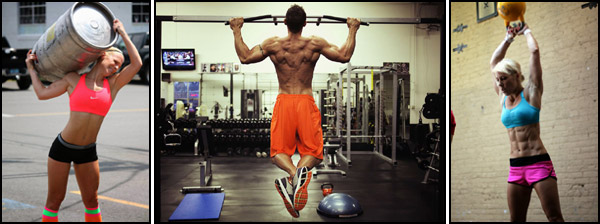
CrossFit workouts can be incredibly challenging when compared to other training programs. One aspect that really separates it from others is the variability of the workouts and the fact that you never know what the workout is going to be from day to day. There is no looking to tomorrow to see what the workout will be. With CrossFit, you check the CrossFit website on a daily basis to see the WOD (or Workout Of the Day).
It’s not just the exercises and movements themselves that change, but the set “types” as well. With most general strength and conditioning programs, there is little in the way of set variety; it’s all very predictable. You have your pyramids, supersets, max days, and so on, but what’s often missing from these workouts is the time factor. CrossFit has incorporated timed sets in a very big way, and a totally different level of intensity can be achieved when the clock is thrown into the mix.
To give you an example, in any random strength program, you might be expected to deadlift as part of your workout. Typically you’ll do x sets at a pre-determined weight based on last sessions accomplishments with the goal of doing slightly more weight and/or reps than you were previously capable of. Sound about right?
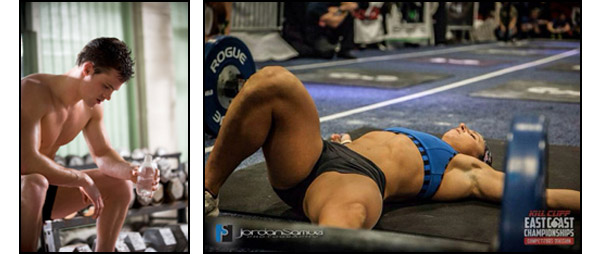
With Crossfit, you may be asked to do 50 reps of deadlifts at a given weight in order to see how long it takes to do it. Or, you may be told to do as many as you can in one minute, then row for a minute, and then repeat this process 9 more times. You record your progression by tracking the reps in each 30 seconds. Or, you may just be asked to do 5 sets of 5 at the highest weight possible for you. Mix this variability in with the randomness of exercises that are prescribed and you have one hell of a random workout from day to day.
Crossfit is traditionally done in a group setting at a CrossFit affiliate or box (that’s CrossFit talk for a CrossFit gym), but is commonly done at home as well. If you are completely new and unfamiliar with CrossFit, it may be in your best interest to spend a couple months at a box before taking the workout back to your garage gym. This will allow you to familiarize yourself with the workouts and the equipment used, and more importantly, give you a place to practice your form on some of the more complicated Olympic lifts.
CrossFit uses a different variety of equipment than you may be used to. Anyone who has a garage gym probably has most of the gear needed to get started, but there are a couple of things you may need to add to your gym. Fortunately you’ve likely already acquired a bar & bumper plates, a rack of some sort, and maybe even a good number of kettlebells. You may be missing the rower and gymnastic rings though. Take a look at this post to see what kind of equipment you generally need.
CrossFit will definitely beat your ass into shape if you stick to it, and in less time than many other programs. CrossFit isn’t for everyone though. It takes a certain kind of dedication and drive to keep with it. You have to be willing to push yourself to limits not common with most programs. It’s exhausting and sometimes even painful, but if you stick to it you’ll be a lean, strong, agile machine and the envy of your friends and family.
For more information and further reading, I suggest just hitting up the CrossFit website at www.crossfit.com. There you can learn all you ever wanted to know about CrossFit, look for a local affiliate, learn the terminology and movement form, engage the community on the discussion board, and of course – get your daily WOD.
Training Program #2 – Starting Strength (Linear Progression)
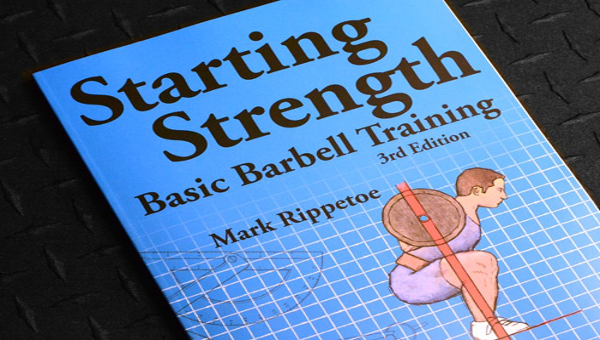
Starting Strength is a strength training program developed by accomplished coach, athlete, and iron gym owner, Mark Rippetoe. This easy-to-follow, linear program is regarded by the strength and conditioning community to be one of the greatest strength training programs in existence for novice lifters. The entire program is based around the basic compound barbell exercises, which are the considered to be the best functional expression of human skeletal and muscular anatomy under a load.
First off, please don’t see the word novice and think you can just disregard this program as a viable option for you. The word novice in this context doesn’t exclusively mean someone completely new to strength training, it also includes any lifter who can theoretically still add weight to the bar each time they train. Don’t be so proud that you think that because you’ve been working out on and off for x years that you are no longer a novice. The vast majority of guys and gals in the gym are exactly that; novices.
Starting Strength is a great program, and one I have followed myself in the past. It’s simple, effective, and there is literally no way not to grow when correctly following and adhering to this program – which again, is so damn simple to follow. Starting Strength only incorporates five basic (maybe common is a better choice of words here) barbell exercises: back squat, bench press, shoulder press, power clean, and deadlift. Additionally, you alternate only two different workouts; day A and day B.
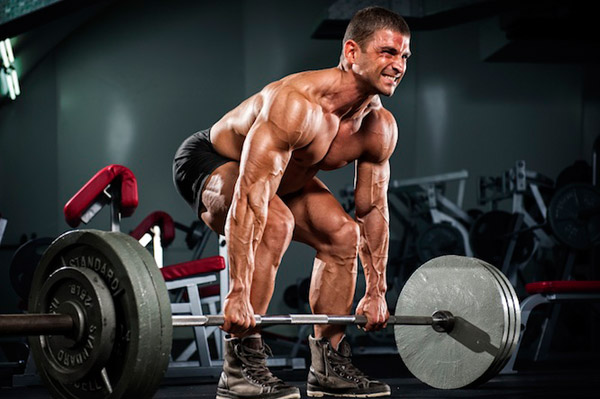
That’s so simple that you’re probably questioning the validity of the whole Starting Strength program, right? Here’s the catch. Every workout involves squatting, a push, and then a pull. Yes, you’re squatting every workout. On day A, you squat, bench, and then deadlift. On day B, you squat, press, and then power clean. Full body compound movements every workout. There are no isolations, no taking it easy with curls or movements you sit down for; just full body compound lifts.
One of the best aspects of this program is the book. The book is very appropriately named Starting Strength, and it outlines the program in very simple terms. As you can imagine, this program itself doesn’t fill all the pages. What really makes the book is hundreds of pages of the most detailed data on form, technique, and the mechanics (physics) of each lift used in the program. The squat alone fills up the better part of 100 pages.
Even if you have no intention of following this program, the book is worth every penny as a resource both to novices, veteran lifters, and even coaches. A very small price to pay for so much valuable information. OWN THIS BOOK!
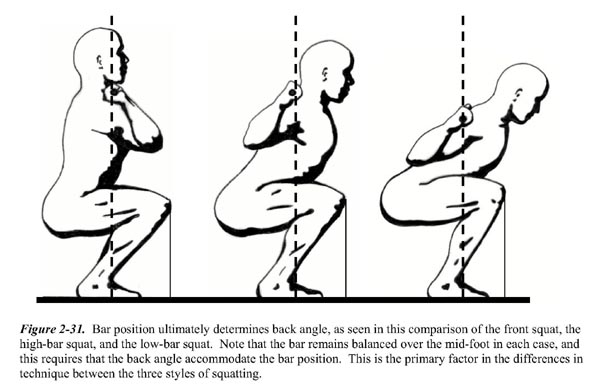
The equipment you need to do this program is minimal and should be no problem for most garage gym owners. You need a power rack (or other suitable safety system for benching and heavy squats), a flat bench, a bar and some weights – any weights. Other than having a notebook for recording workouts, that’s all there is to it. I highly recommend that you at the very least give this program a once over. It really is one of the best there is out there for those strength gains.
For more information on this program, check out the Starting Strength site. You might also want to read this review of this program. You can buy the book at Amazon.
Training Protocol #3 – GZCL Method – (Powerlifting)
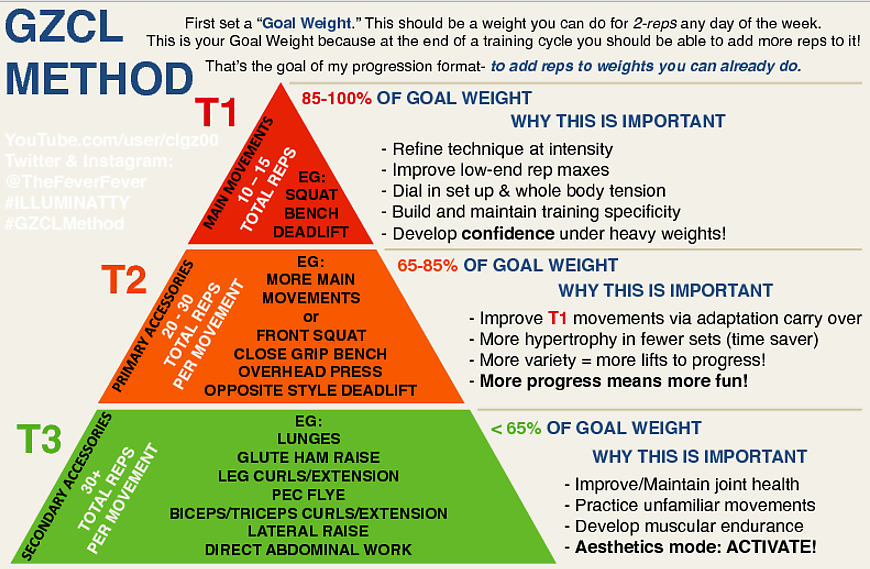
The GZCL Method by Cody Lefever is less of an actual program and more of a framework for creating a program. Cody has set forth some parameters and you use those parameters to draft and tune your own programming that fits your personal training goals. It’s actually not the simplest thing to explain without rewritting up his entire explanation, so I will defer to Mr. Lefever for the in-depth explanation.
Suffice it to say here that this is an intermediate powerlifting program that is based on the big three power movements (squat, dead, and bench). Each day will lead with that big lift for the day (he calls this a tier 1 lift), then is followed by a lift (or lifts) that are specific (as in, specificity) to that lift in Tier 2. Finally, Tier 3 would be where you’d squeeze in less specific movements, or supersets if you were so inclined. See the pyramid above for examples.
I realize that the tiered aspect of this programming isn’t ground-breaking, but the formulas that Cody has come up with for volume and intensity at the various tiers and at the various days of the cycle are pretty ingenious, and spot on. I highly recommend you take a look at his website and watch some of his videos if you are beyond the novice stage, but needing guidance with programming. It’ll take a hot minute to grasp it all, but it’s damn worth it. I’ve been working my own GZCL program for a couple years now with lots of success.
Bonus Program #4 – Schwarzenegger’s Blueprint (Bodybuilding)
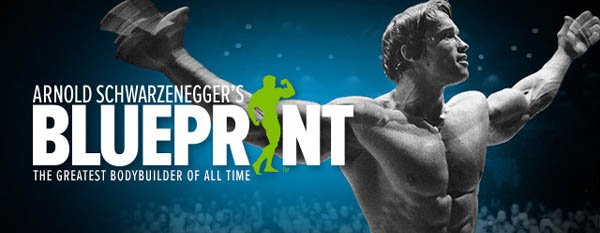
This advanced 8-week ultimate mass program is based on Arnold’s own training. On the off chance the name alone didn’t give it away, this is a bodybuilding program. It includes tons of supersets, lots of staple compound exercises, and a good amount of isolation exercises; especially for the arms. This is an intense training program in that it is six days on and one day off, involves heavy weights, and you’ll be doubling up each muscle group every week. On top of all that, the workouts are considerably long.
This program is free. There are no DVD’s or memberships required to access the workouts. Programming includes the workouts, exclusive videos from the Austrian Oak himself, and both nutrition and supplement guidance. Additionally, since the program is indeed hosted on bodybuilding.com, you have access to all their workout data, community support, and progress tracking. You can also find alternatives for exercises you don’t have equipment for really quickly.
The program does advocate using Arnold’s line of supplements in the training guide, and for the sake of simplicity you can follow the guide and use those suggested supplements, or you can use your preferred brand if you don’t feel like switching, or you can just eat food and not buy any supplements. Having said that, Arnold is the bomb, so if you’re not married to any particular brand of supplements, give his products a shot. He’s a great guy and he’s got a lifestyle to maintain, after all. =P
This program requires that your garage gym have a more extensive collection of equipment than the previous programs. You’ll want a power rack, an adjustable bench, good variety of dumbbells (or an adjustable pair), and of course a bar and plates. This should all be pretty standard gear for aspiring bodybuilders. While there will be a couple exercises that involve machines, there are free-weight and resistance band alternatives to almost anything done on a machine.
The biggest issues I can see are for those leg day supersets that call for leg extensions and leg curls. GHD work can replace the curls but leg extensions are not a natural movement so they are hard to replicate without the machine. I would just omit the extensions entirely and replace them with box squats, hack squats, or step ups. I would do this even if I were to follow this program in a gym with access to an extension machine, as leg extensions are horrible for your knees.
Again this program is free so you can see everything there is to see about the program right now, right here. Good luck!
If you see a different program that you like but you need to fill in some equipment gaps, go take a look at one of my many equipment guides. I don’t sell equipment here on the site but I’ll bet my guides can save you some money. My most popular guides are the power rack guide, bumper plate sets guide, and barbell guide.
If you know of a training program that you think kicks ass, share it in the comments. If you’re feeling generous, share this post on your favorite social media site. It helps me out.
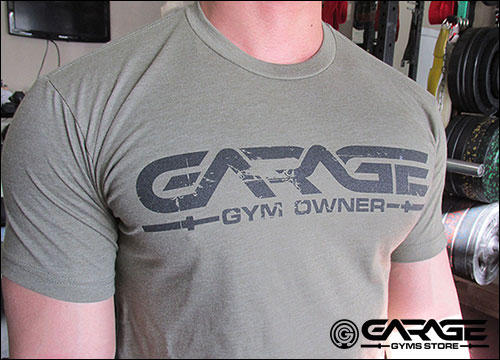

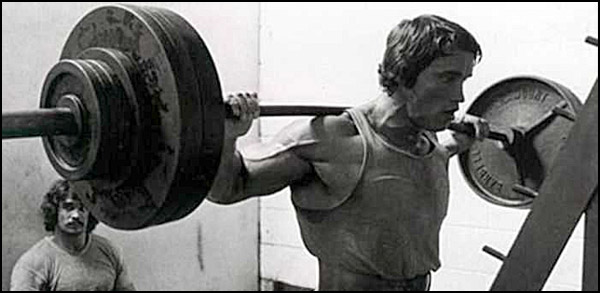
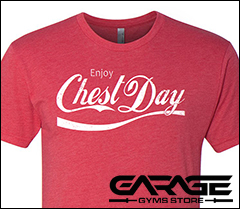
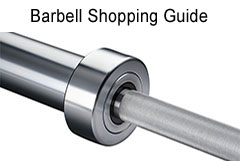
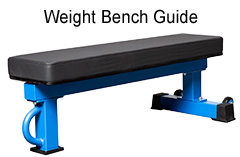
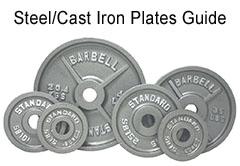
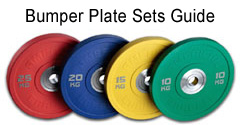
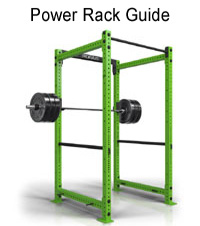
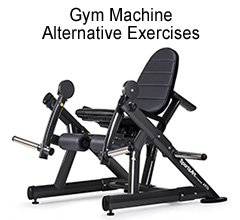

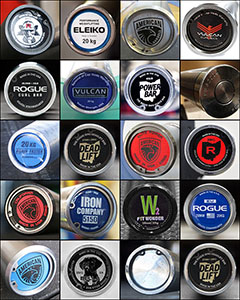

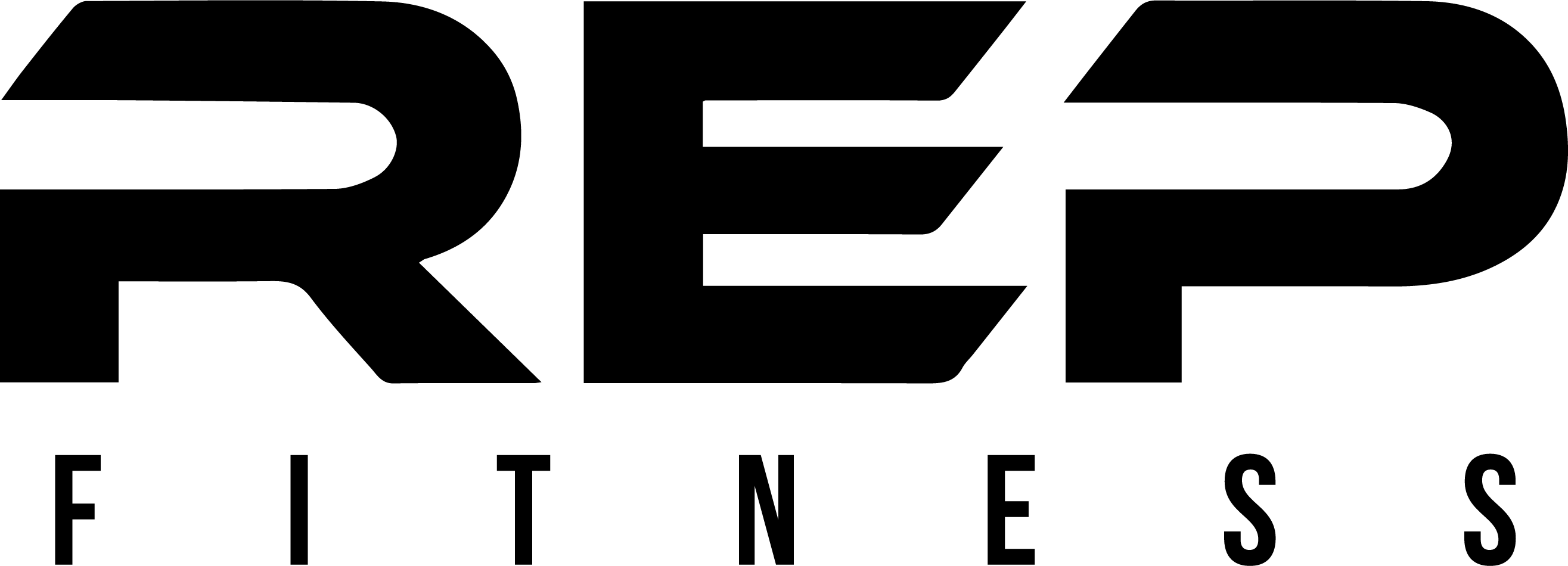
Love the article, it can always be tough to find a great workout for a garage gym. I think Mark Rippetoe’s book is great.
I run a website dedicated to home gym and garage gym training as well (www.stuchstrength.com). I would love to work together on something awesome.
Talk soon?
– Jake Stuttgen
I am looking for a strength program for women. Will you recommend these programs for a woman too?
Absolutely. Well, Starting Strength definitely. SS is a solid program for men, women, teens.. pretty much anyone. It’s so well designed yet so simple to follow, and it gets real results. CrossFit would be my second choice – it’s more endurance based, but contrary to what the CrossFit organization would have you believe it’s less than ideal for those with zero experience around weightlifting and high intensity fitness. I actually regret including the Arnold program here as I think it’s far too complicated for beginner lifters and it requires too much modification for most home/garage gyms (due to equipment issues).
Thank you for your reply. I have always trained with a personal trainer, but recently bought my power rack and weights etc. But I would like a program that will bring results. I will definitely look at the SS.
Try Nick Tuminello, he has a book on women strength traing.. Srength Training for Fat Loss, decent book, lots of pictures and general guidance.